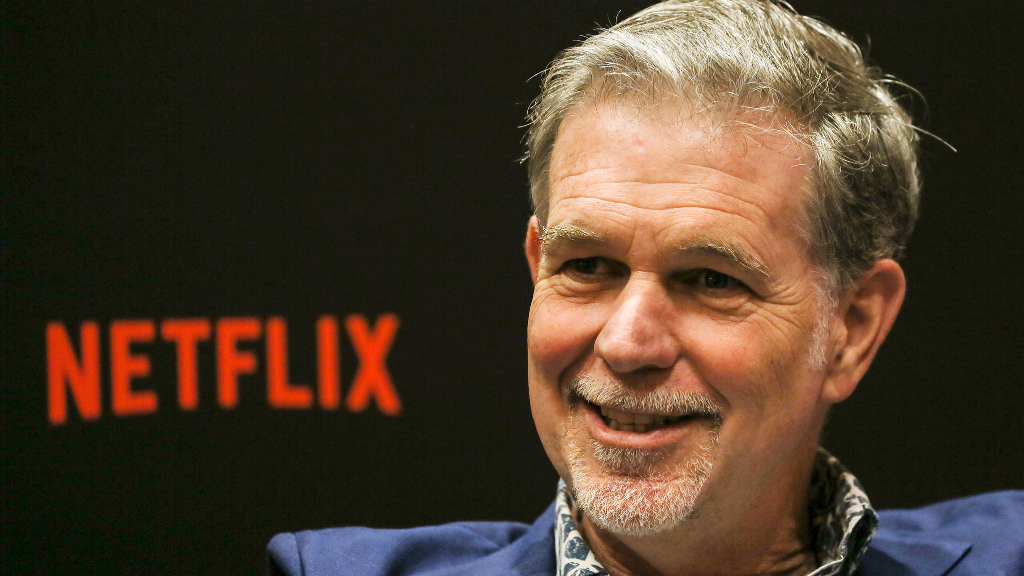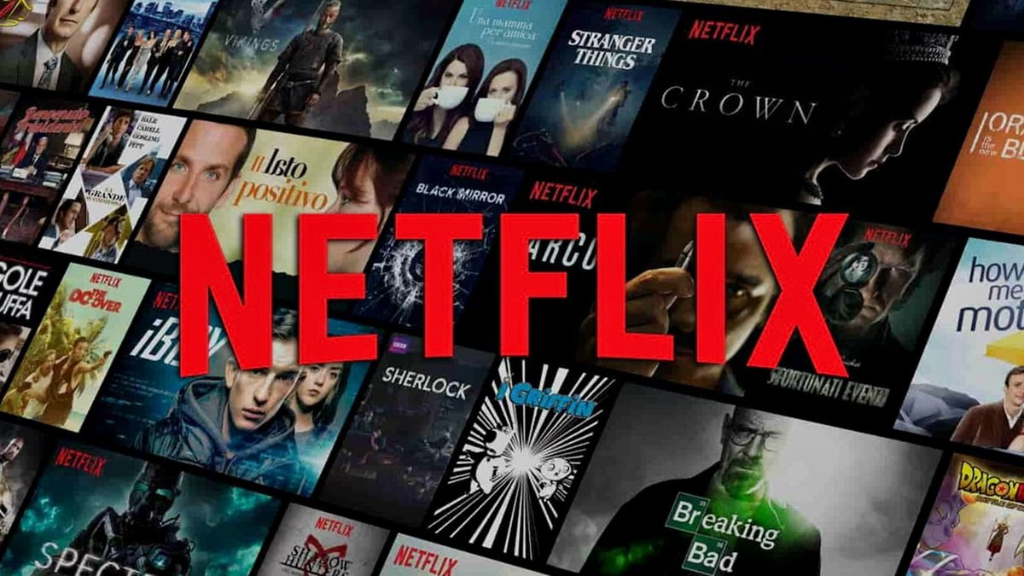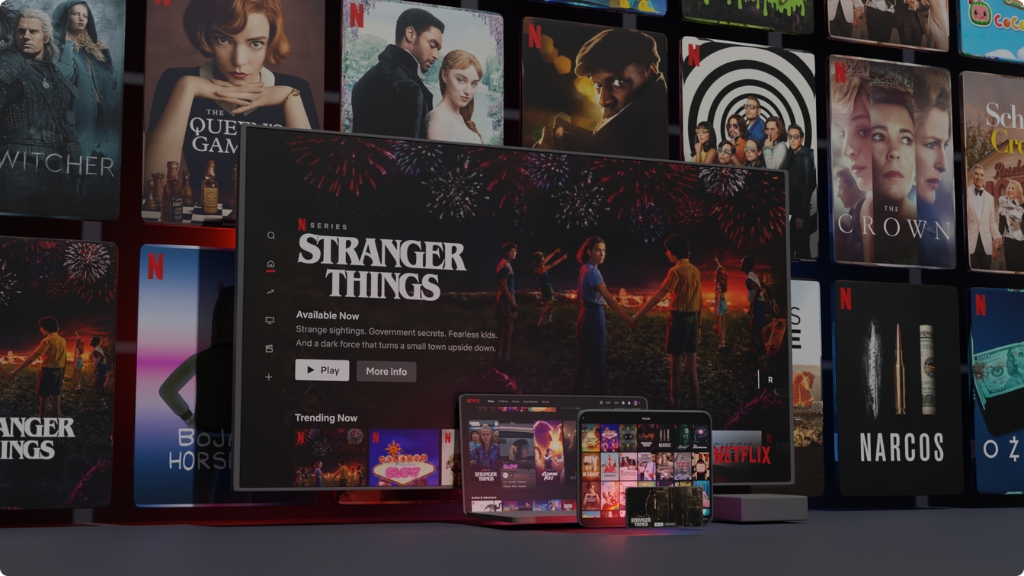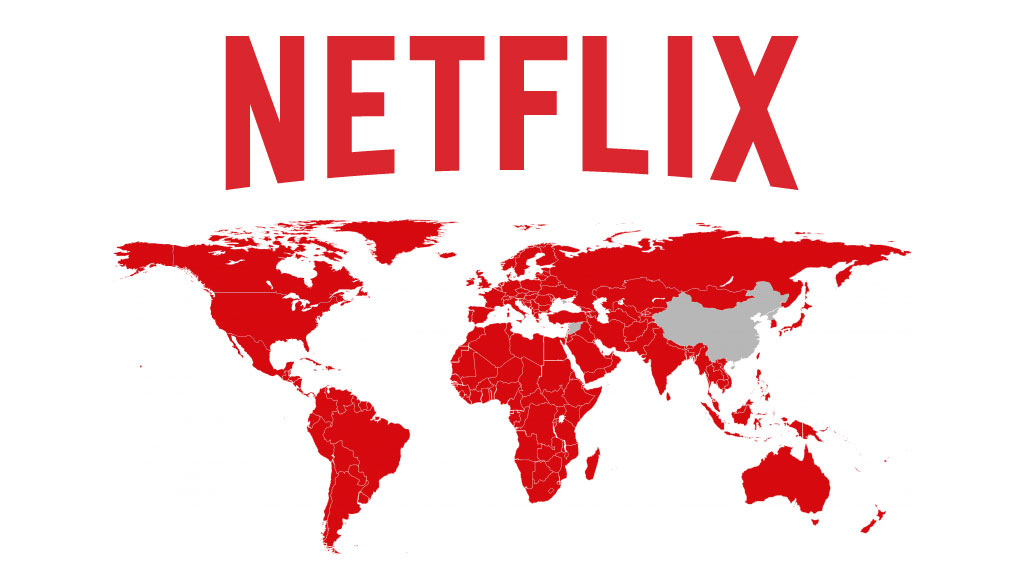How was Netflix founded?
Marc Randolph and Reed Hastings founded Netflix in 1997. They have its first office in California’s Scotts Valley. A well-known anecdote claims that Reed Hastings rented the movie “Apollo 13” and was fined $40 for trying to return it six weeks later. He started to ponder about this experience. He began to imagine a system in which consumers could place online orders for their preferred films and have them shipped to them.

Still, a lot of people claim that this story is merely a marketing gimmick. Reed and Marc worked at a software company at the beginning of 1997. They created a new business plan because they were afraid of losing their jobs. They discussed everything from dog food to baseball bats to surfboards, among other e-commerce ideas. Reed, however, believed that this plan would fail.
Not long afterward, they discovered that Japan had developed a new technology. which is known as DVD. They immediately thought, “Why not try buying and selling CDs experimentally?” Initially, they mailed customers CDs of different movies, and once they got to the right person, they were confident that their strategy would work.
Officially, Netflix was registered on August 29, 1997. But after two years of work, Reed Hastings became the chairman and 70% owner of Netflix. Additionally, Marc Randolph became Netflix’s first CEO.
What happened after Netflix was founded?
At first, Netflix tried out a variety of business strategies. Ultimately, Netflix switched to a subscription-based business model, allowing users to rent as many DVDs as they desired for a set monthly cost. Americans started to enjoy Netflix by the end of 1999, and by 2000, it had established itself as a reputable company.

Netflix’s history from the start
1997: The founding of Netflix.
1998: On the first day of its launch, the website receives 137 orders.
1999: Over 3,100 new videos are added to the video library, with 239,000 subscribers.
2001: There are more than one million subscribers.
2002: Netflix makes its debut on the public exchange and grows to a $82.1 million business.
2007: Netflix introduces its streaming service, which eventually turns into its main line of business.
2010: Netflix declares that its primary business will remain streaming.
2013: Netflix starts creating original programming, with “House of Cards” serving as the debut series.
2016: Netflix simultaneously enters 130 countries with its streaming service.
2017: There are 100 million subscribers globally.
2021: 209 million people are Netflix subscribers.
2022: As a result of its first declining subscriber base, Netflix has taken new actions, including banning password sharing and launching more affordable ad-supported subscriptions.

When will Netflix’s dominance end?
At the moment, Netflix is not the only streaming over-the-top (OTT) option available. HBO Max, Hulu, Apple TV+, Disney+, Amazon Prime Video, and Paramount+ are some of Netflix’s main opponents. Every platform produces original material to draw users. This battle is expected to get more fierce in the future, according to many. At the moment, a few domestic streaming over-the-top platforms are profitable. Charki, Bangla, etc., for instance. Therefore, Netflix will need to be superior in every way if it wants to keep its hegemony. Despite this, they are doing a good job. through providing viewers with a variety of quality programs according to the area.
Netflix has produced well-known shows like Sacred Games, Delhi Crime, and Kota Factory, for instance, to draw in Indian audiences. However, they have also shown South Korean fans some of the best shows, such as Kingdom and Squid Game, which have won international acclaim. German audiences also showed a strong interest in Dark, Barbarians, and How to Sell Drugs Online (Fast). Elite, Sky Rojo, and Money Heist were all hot topics in the film industry for Spanish viewers.

What is Netflix’s future?
Netflix is currently up against strong competitors like HBO Max, Disney+, Hulu, and Prime Video. In the future, Netflix will employ new technology and produce more engaging content. In this context, Nigerian filmmaker Kunle Afolayan stated, “You don’t have to go to Hollywood anymore, because it is possible to present yourself to the world through Netflix.” Netflix’s ability to attract more viewers and implement new initiatives will determine its destiny.
Read More: https://bstandard.info/english/how-did-netflix-rise-to-prominence-as-the-leading-streaming-platform/